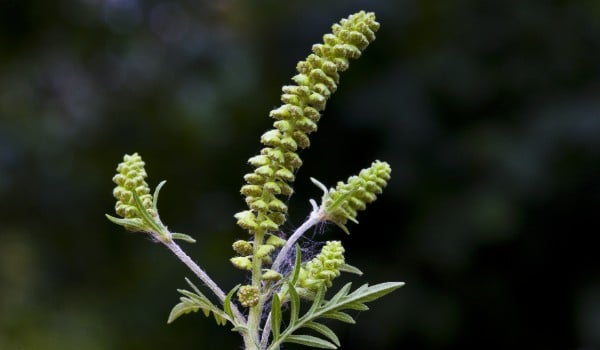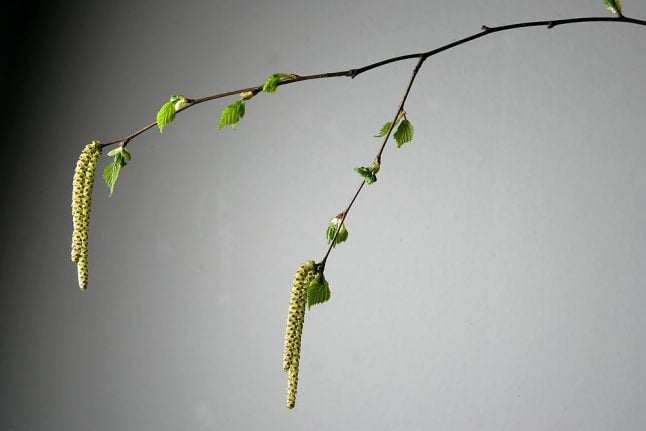“During our investigations in 2019, we found 45 new large areas of ragweed growth, bringing the total number of large areas identified to 509,” Bavarian health minister Melanie Huml (CSU) confirmed on Monday when inspecting a ragweed population in the district of Roth.
The number of unreported cases is expected to be significantly higher.
READ ALSO: Pollen at 'unusually high levels' amid early spring in Germany
The pollen of ragweed can cause allergic reactions such as hay fever, conjunctivitis and allergic asthma in humans, even in small quantities.
Roth is one of the most badly affected districts in Bavaria. Thirty-four large areas with more than 100 plants each have been discovered there since 2007.
Originally native to the USA, the plant has been spreading in Bavaria since the 1990s.
“The pollen of the North American ragweed, which is about to bloom, can cause severe allergic reactions in humans. That is why our aim is to stop the spread of the plant in Bavaria as much as is possible”, Huml said.
The southern state is investing €90,000 in monitoring the weed. Some success as been had in slowing down the uncontrolled spread of the plant.
“But as our monitoring shows, the numbers are still rising. We are therefore working on a more comprehensive strategy,” said Huml.
Experts say that ragweed pollen has an allergy potential five times higher than grass pollen. About 80 percent of all pollen allergy sufferers also react to ragweed.



 Please whitelist us to continue reading.
Please whitelist us to continue reading.
Member comments